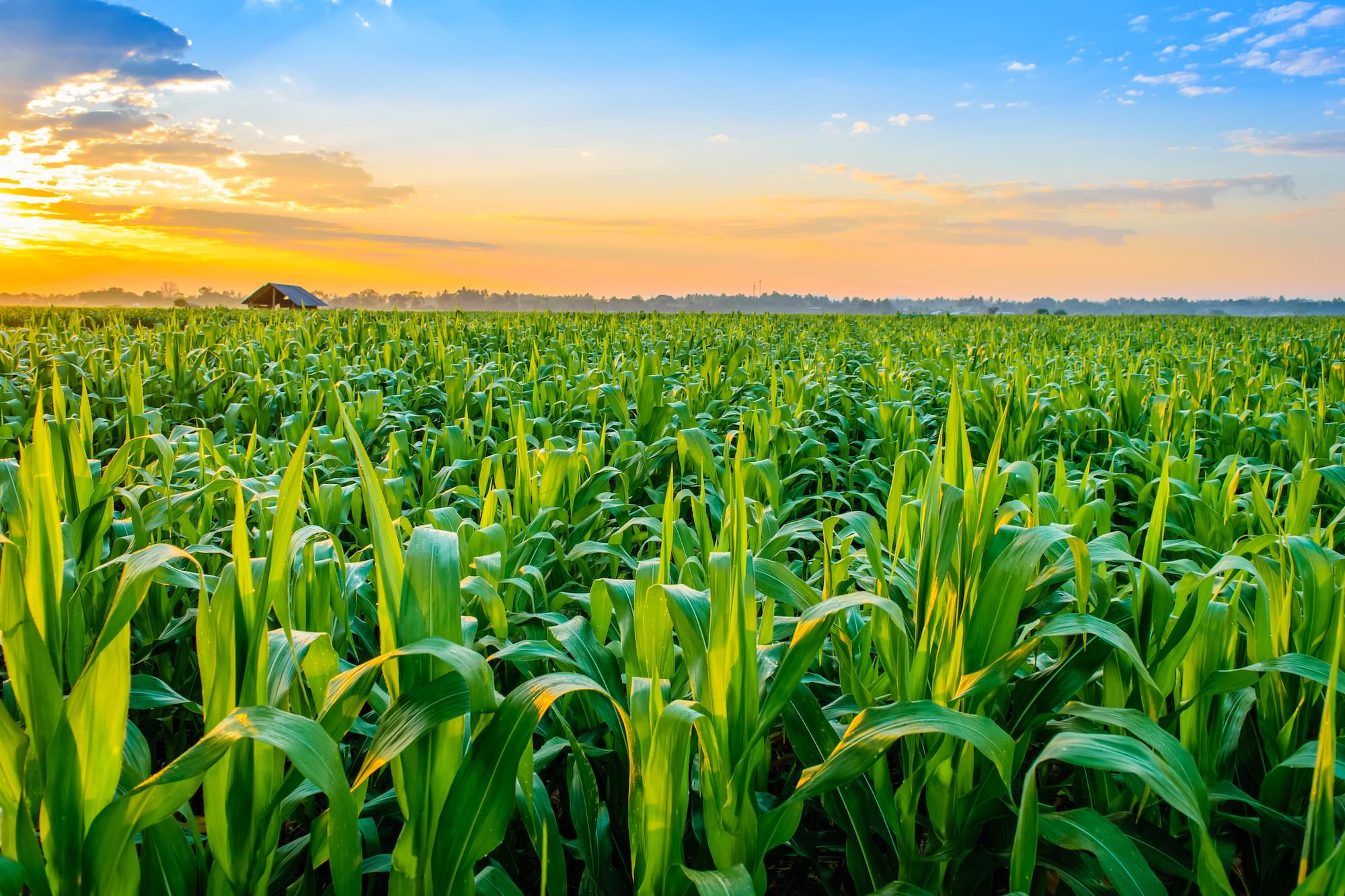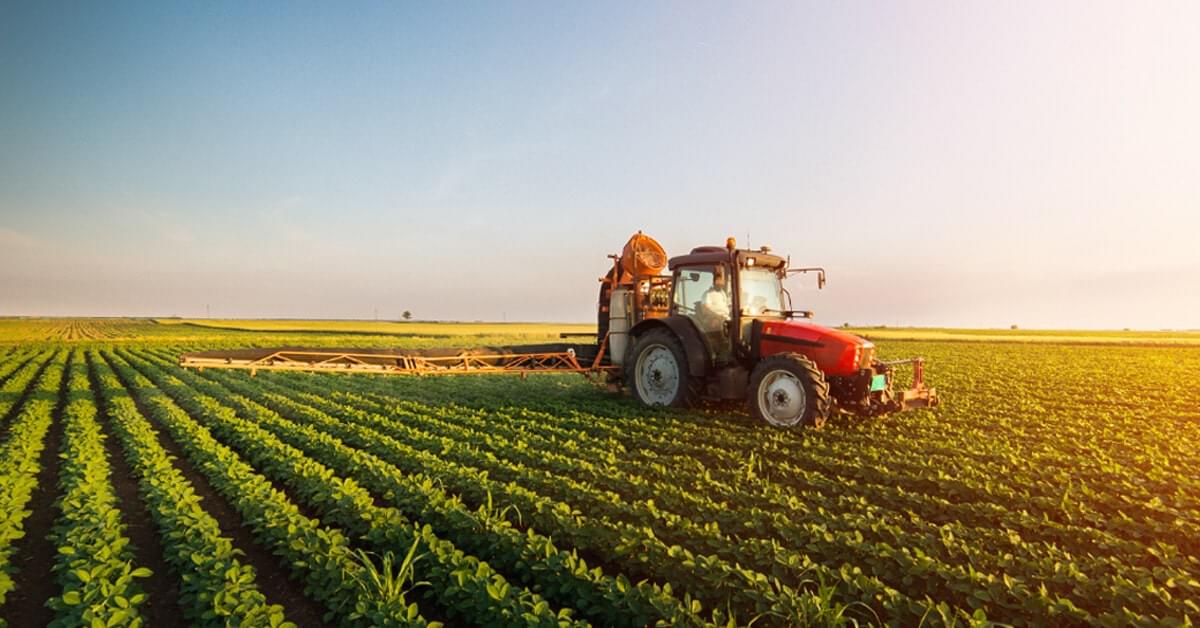A plant or plant product that can be grown and harvested for income or food is referred to as a crop. There are six types of crops based on their intended use: food, feed, fiber, oil, ornamental, and industrial crops.
Fruits and vegetables are collected from food crops for human use. The most widely cultivated food crops in the world are grains including corn, wheat, and rice.
The first crops to be gathered through agriculture were food crops. The diversification of various kinds of crops was a result of the development of agriculture and the rise of civilizations.
Sponsered6
Feed Crops
For use by cattle, feed crops like oats and alfalfa are gathered. These crops provide the nutrients that are necessary for animal growth. They can be found in natural meadows and pastures in addition to being grown in agricultural fields.
For the rearing of livestock, forage crops are crucial. Forages like grasses are used directly as food by animals. Green chop refers to forages that are freshly cut and given to animals. Green chop made from alfalfa is a common crop feed to animals.
Sponsered6
Certain forages are cut, given time to dry outside, then stored. These are known as hay crops.
Corn, barley, wheat, and oats are the main feed crops. Each of these crops has unique qualities that make some of them more appropriate for some animals’ diets than others. Due to their robust, four-chambered stomachs, beef and dairy cattle are typically fed barley, which is more difficult to digest. To make it easier for them to digest, swine and poultry are given hull-less barley.
As the global demand for meat has expanded, so has the output of feed crops. The agricultural landscape has transformed as a result of increased feed crop output.
Sponsered6
According to the Food and Agricultural Organization (FAO), 33% of the world’s arable land is utilized to grow food for animals. This reduces the amount of food that can be produced for humans, especially the world’s poorest population.
To make room for meadows where animals can graze, forests have been cleared. For instance, the Amazon rainforest’s cleared area has been used for grazing around 70% of the time.
Fiber Crops
Sponsered6
To produce textiles and paper, fiber crops like cotton and hemp are harvested. The dried and processed fibers of specific plants are used to create textiles, or cloth. The majority of fibers used in textile production come from the stems or roots of plants like flax. Linen is made from flax.
For the purpose of making fiber, plants can have other components. The light, fluffy “boll” of fiber that encircles the seeds of the plant, known as cotton, is collected to make the most common fiber crop in the world. The pulp of bamboo plants is used to create bamboo textiles.
Many items can be made with pulp from various fiber-producing plants. Paper goods can be made using fiber pulp rather than wood pulp.
Sponsered6
The hemp plant is an interesting and controversial example of a fiber crop. The fibers of the hemp plant are strong and durable, perfect for products such as paper, textiles, ropes, nets, and sailcloth for ships. Hemp advocates see the plant as a versatile and ecological source of fiber.
But some varieties of the hemp plant are used to make marijuana, a psychoactive drug. Marijuana is illegal to grow and use in many parts of the United States. (The drug is legally grown and sold for medical or recrecational use in some places.) Opponents of hemp argue that increased harvesting of hemp crops will lead to increased production and use of marijuana.
Oil Crops
Sponsered6
Canola and corn are two examples of oil crops that are harvested for human consumption or commercial purpose. Technology advancements over the past century have made it possible to process and separate crops into their constituent parts, including oil. For instance, soybeans accounted for 61% of global oilseed production and 79% of all edible oil eaten in the US in 2000.
For use in cooking, oil crops like corn and olive oil are harvested. Moreover, oil crops are gathered for use in manufacturing products like oil paints, soaps, and lubricants for machinery.
Biofuel is fuel produced from oil crops. The need for biofuels has increased recently. Governments and corporations have invested in biofuel research as a result of rising gas prices, worries about global warming, and a desire for energy independence.
Sponsered6
Bioethanol and biodiesel are the two main types of biofuel that employ oil crops.
Alcohol known as bioethanol is created by fermenting ingredients obtained from crops that produce sugar and starch. Wheat, corn, and sugar cane are some of these crops. Although bioethanol can be used as a fuel for automobiles, it is more frequently added to gasoline to reduce car emissions. The manufacturing of bioethanol is made easier by the abundance of corn and sugar cane crops in the United States and Brazil.
Alcohol is added to vegetable oils to create biodiesel. Pecans, macadamias, and coconuts are just a few examples of nuts that are great suppliers of the oil needed to make biodiesel. Diesel engines, like the ones used in buses, may run on biodiesel. Biodiesel is produced and used in great quantities in Brazil, the US, the EU, and mainly Germany.
Sponsered6
Almost 3% of the world’s transportation fuel comes from biofuels. Some economists and scientists believe that number will increase over the course of the next century as oil production declines.
Ornamental Crops
For landscape gardening, crops like dogwood and azalea are collected. Ornamental plants are typically grown in nurseries before being bought for use in homes or businesses.
Sponsered6
Producing ornamental crops has a long history. For instance, the Netherlands’ tulip harvest has come to represent that nation.
Production of decorative crops is now a significant economic activity in many developing nations. For instance, Kenya is a significant supplier of roses and carnations. In Kenya, where the soil is fertile and the water is plentiful and fresh, flower growers have placed their greenhouses close to the beaches of Lake Naivasha and Lake Victoria.
But, the massive flower businesses in Kenya are harming lake habitats. Because growers use lake water to irrigate their flowers, there is significantly less freshwater available for drinking and other uses. Also, growers use large quantities of insecticides and fertilizers to ensure that their blooms retain their beauty during the exporting process. Hazardous substances frequently runoff into lakes, threatening aquatic life.
Sponsered6
Industrial Crops
Industrial crops are grown for use in industries or machinery, such as rubber and tobacco. All crops utilized in the manufacture of industrial commodities, such as fiber and fuel products, are considered industrial crops.
Although many different plants can naturally generate rubber, the Hevea tree, which is native to the Amazon region, is the main source. For its latex, rubber is extracted. The inner bark of the Hevea tree contains a fluid called latex, which is incredibly durable. With a sharp knife, the bark is tapped to release the latex, which is then collected in cups. Latex produces curds when combined with chemicals, which are solid rubber lumps. In order to create sheets and drain extra moisture, rubber curds are squeezed between rollers. To be used in tires, conveyor belts, shoe bottoms, and other products, the sheets are packaged and sent.
Sponsered6
For thousands of years, civilizations have used rubber. Rubber was one of the first materials used to make balls for games in the Olmec Empire in what is now Mexico. Durable toys, footwear, floors, balloons, and medical equipment are still made today with rubber.
Most of the world’s rubber is currently produced by Hevea trees that have been relocated to southern Asia. The main producers of rubber are Malaysia, Indonesia, and Thailand. The global demand for rubber has expanded as a result of industrialization. Southern Asian forests are being degraded more severely due to the high demand for natural rubber.
Harvesting Crops
Sponsered6
Crop cultivation and harvesting techniques have changed over thousands of years. In 5500 BCE, the oldest crops were produced in Mesopotamia. These crops, native to the Fertile Crescent, a region abundant in agriculture, were grown close to freshwater sources to facilitate irrigation. Among the initial crops were figs, wheat, and barley.
Crop harvesting techniques have become increasingly advanced as a result of the evolution of agriculture. The most important invention was crop rotation. Crop rotation involves planting one crop one year, then a new crop the following year on the same piece of land. By doing this, the soil is preserved and the risk of disease is decreased.
Farmers were able to grow more crops on less area by using crop rotation and fertilizer, which increases soil productivity. Crops could now be produced in places where they might not have otherwise been able to. Rivers may now be dammed and redirected to provide water for crops thanks to advancements in engineering. The availability of crops that might be used for trade and industry expanded as a result of all these advancements.
Sponsered6
The largest industry in the world now is agriculture. Crops are harvested by millions of people for food or for profit. Plows, rakes, and sickles are some of the crop-harvesting implements that haven’t changed in a thousand years. Most importantly, picking crops still requires work from humans.
Nonetheless, the equipment and tools used to harvest crops have become significantly more sophisticated and expensive. Fertilizers are more expensive than many farmers in developing nations can afford, despite the fact that many farmers require them to be commercially viable. Tractors and plows, for example, can set you back hundreds of thousands of dollars.
GMOs
Sponsered6
In the industrialized world, genetically modified organisms (GMOs or GM foods) are widespread. Scientists can change the DNA of animals, plants, and bacteria thanks to biotechnology. Companies offer genetically modified seeds to farmers. Farmers can use harmful chemicals with these seeds without endangering the harvest. Growing Transgenic food allows farmers to produce more food with a smaller footprint and less effort. Fruits and vegetables keep better and are less likely to bruise.
Yet, the environment has been harmed by the strong reliance on chemicals. Together with destructive species, helpful animals may also be killed. People’s exposure to chemicals may also be at risk for health problems, particularly if runoff affects nearby aquifers and other water sources. GM foods, according to their detractors, are less nutritious and reduce biodiversity.
In reaction to industrial farming, the organic and free-range food sectors have expanded. Researchers in the field of agriculture are looking for safer substances to use as insecticides and fertilizers. Some farmers rely less on chemicals and use natural controls.
Sponsered6
Seed Banks
Seed banks have been established all over the world to save seed samples in an effort to protect biodiversity. A region’s crops or a particular crop may be the focus of a seed bank’s specialization. 150 wild potato species and other Andean tubers are kept at the International Potato Center in Lima, Peru.
The southwestern U.S. company Native Seeds assists Native Americans in finding seeds for cultivating traditional crops like orach, often known as “mountain spinach,” and amaranth, which was historically commonly grown for food and fiber in Mexico.
Sponsered6
The largest varied seed bank in the world, the Svalbard Global Seed Vault, was created in 2008. On the island of Spitsbergen, which is a part of the Svalbard archipelago and is located around 1,030 kilometers (620 miles) from the North Pole, the Norwegian government carved out the Seed Vault into the slope of a mountain coated in permafrost. The vault is made to securely store the seeds of tens of thousands of different plant species from worldwide crops. The Seed Vault offers “fail-safe” defense against any economic, social, or ecological catastrophe for the world’s agricultural legacy.
A million seed samples are currently kept at the Seed Vault. It can accommodate 4.5 million samples.
Crops are essential to human existence and development and have a wide range of purposes. While crop science and technology developments have improved the production of some of our most essential meals, they have also had significant negative effects on the environment.
Sponsered6
Crop cultivation need not be detrimental to the environment. People may be able to develop answers for the issues of world hunger and global energy scarcities through the sustainable use of crops if they protect the land, water, and air, share knowledge, and cooperate.
Sponsered6




